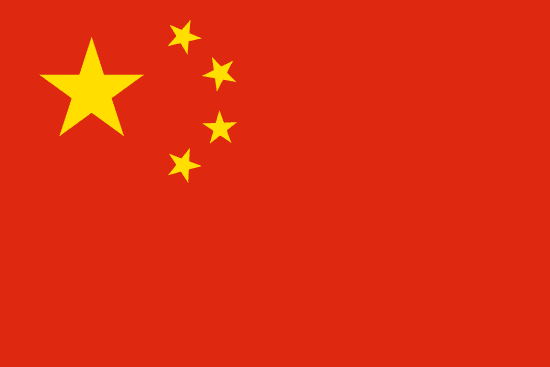"开平,世界文化遗产 | Kaiping, World Cultural Heritage"
About:
Kaiping, a city in Guangdong, China, was established in 1649 during the Qing Dynasty. It experienced significant emigration to North America in the 19th and 20th centuries, which influenced its unique architecture, the "Diaolou". These fortified multi-storey towers blend Chinese and Western styles, reflecting the overseas experiences of returning emigrants. Kaiping was recognized as a UNESCO World Heritage Site in 2007 for these structures. Today, it remains a key historical and cultural site in China.
When to visit:
Kaiping, a historic town located in the Guangdong province of China, is best visited during the months of October to December. During this time, the weather is mild and pleasant, making it ideal for exploring the town's unique Diaolou buildings and picturesque countryside. Additionally, visiting during the holiday season allows travelers to experience local festivities and cultural events that showcase the rich heritage of the region. Be sure to plan your trip in advance to make the most of your visit to Kaiping during this festive time of year.
When to avoid:
Kaiping, a historic town in southern China known for its unique diaolou towers, experiences its peak tourist season during major holidays such as Chinese New Year and National Day in October. During these times, the town can become overcrowded with visitors, leading to long lines and difficulty securing accommodations. Additionally, popular attractions may be more congested, impacting the overall travel experience. Therefore, the worst time to travel to Kaiping on a holiday would be during these peak tourist seasons when crowds are at their highest.
Winter Season (Dec-Feb)
Kaiping, China experiences its coldest and wettest season from December to February. Average temperatures range from 10-13°C. Rainfall peaks in January with an average of 70mm, often accompanied by overcast skies and reduced sunlight hours. On a typical day, visitors can expect chilly mornings and evenings, with intermittent rainfall throughout the day. Despite the gloomy weather, the city's historical Diaolou buildings offer a unique sight under the misty sky. It's advisable to pack warm clothing and a good umbrella.
Summer (June - August)
In Kaiping, China, the warmest part of the year is from June to August, which corresponds to the summer season. Average high temperatures during this period range from 31°C to 33°C (88°F to 91°F). Rainfall is quite high in these months, averaging around 200mm per month, as it's also the monsoon season.
Sunlight is abundant with an average of 5-6 hours of bright sunshine each day. However, the humidity is also high, typically around 80-90%, which can make the heat feel more intense. Cloudiness varies, but it's generally partly cloudy, with more cloud cover on days with heavy rainfall.
A typical day for a visitor during this period would start warm and get hotter as the day progresses. The humidity may make the air feel heavy and sticky. Afternoons often bring rainfall, which can be heavy at times. Despite the rain, there are still several hours of sunshine to enjoy outdoor activities, but it's advisable to carry an umbrella or raincoat and stay hydrated. The evenings are warm and humid, providing a real tropical experience.
Language:
In Kaiping, a city located in the Guangdong province of China, the most commonly spoken language is Cantonese. This is a variety of Chinese, characterized by its unique pronunciation and vocabulary. Additionally, Mandarin, the official language of China, is also widely spoken and understood, particularly in educational and governmental contexts.




